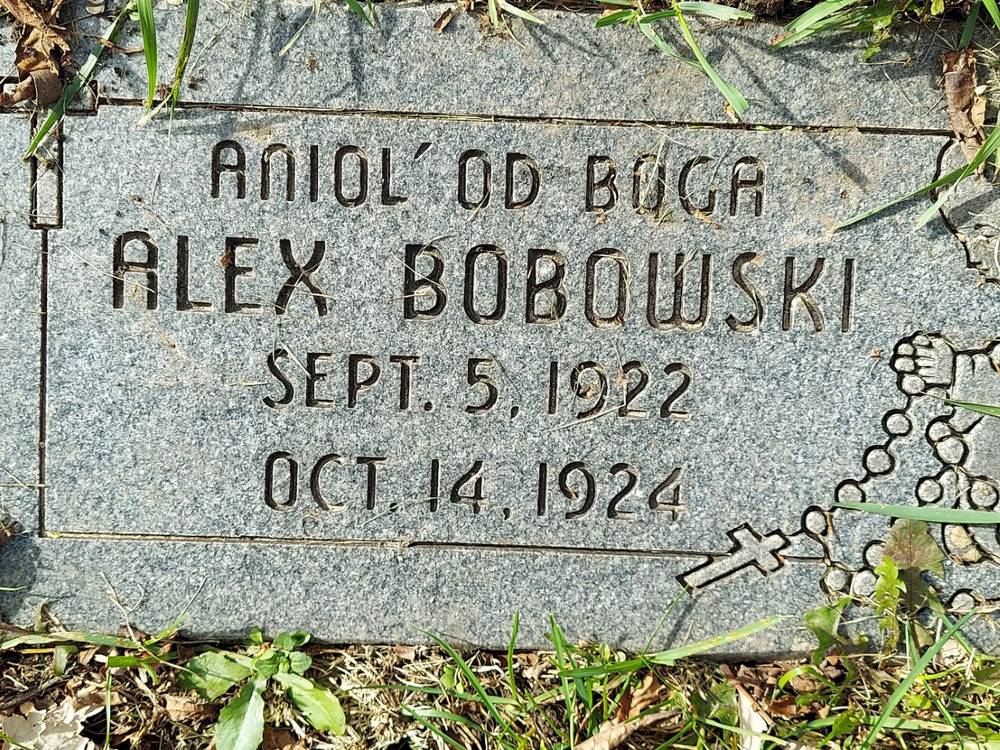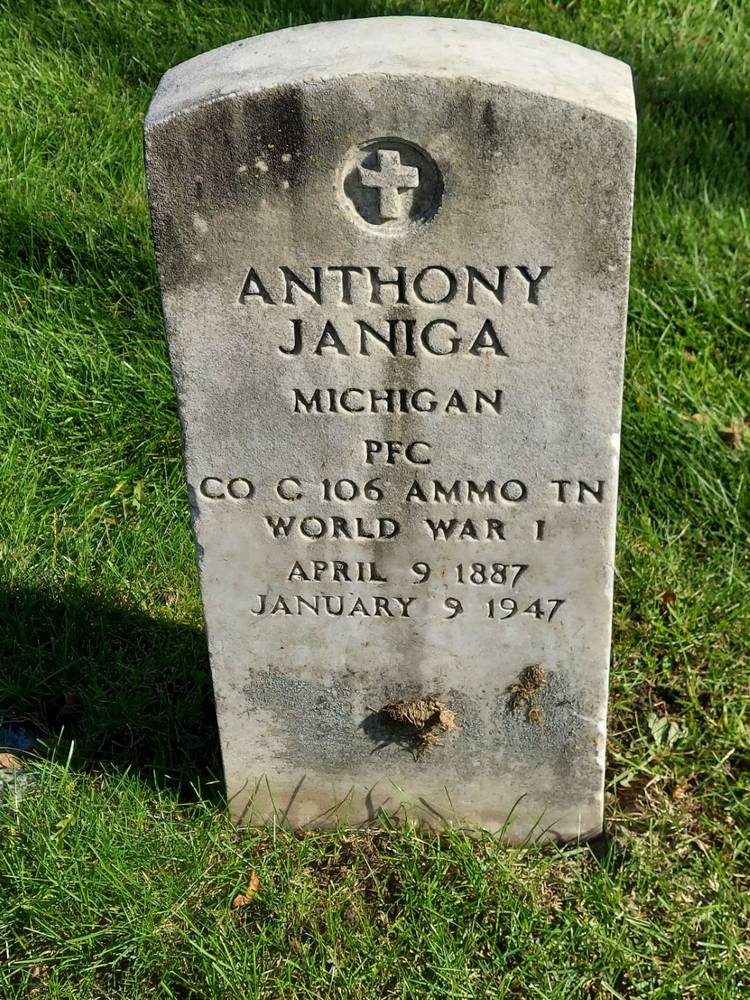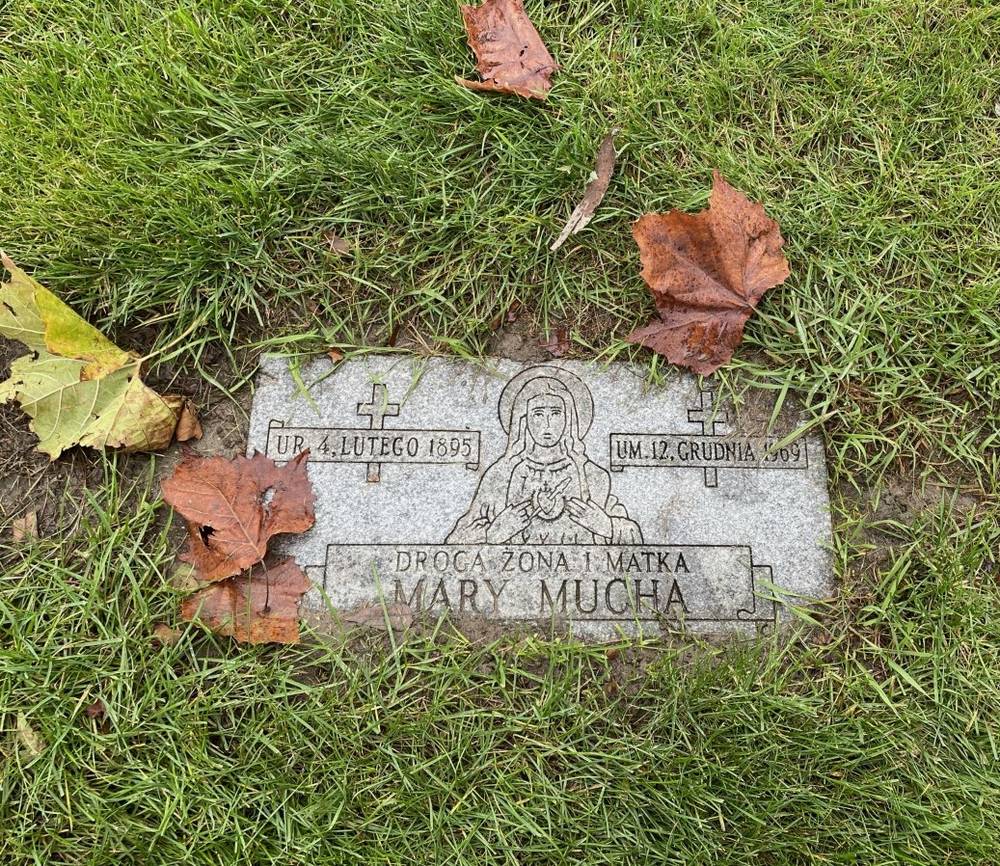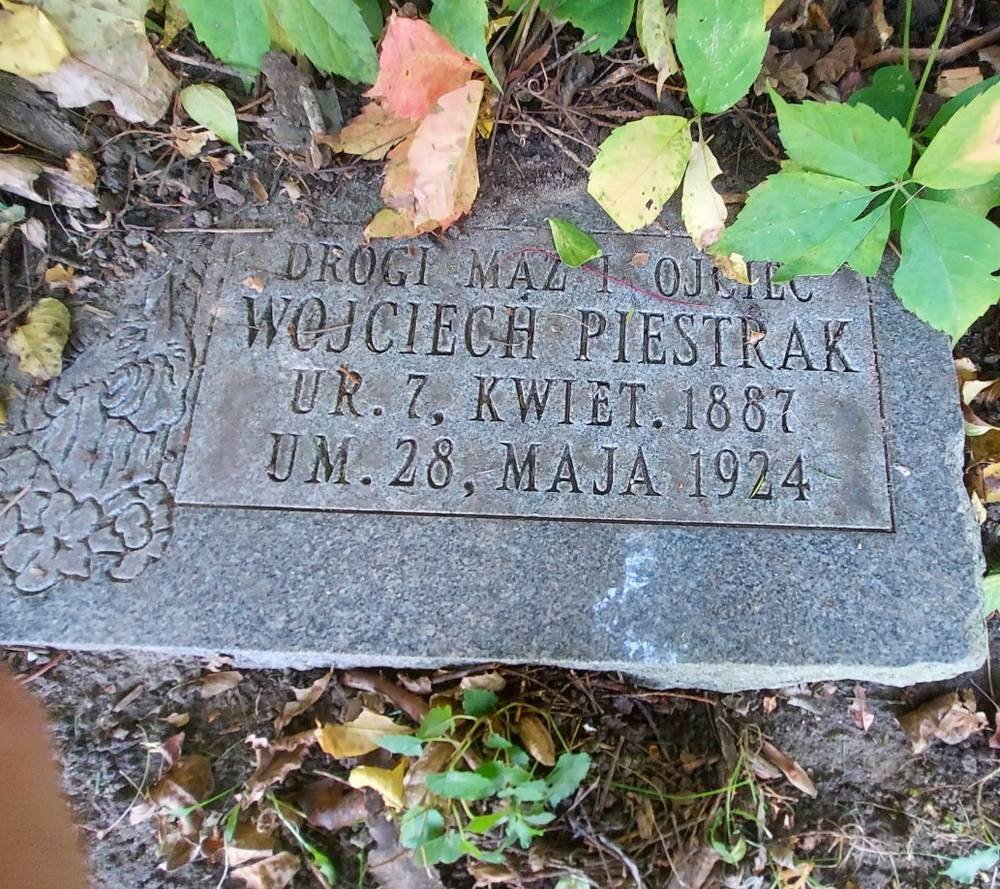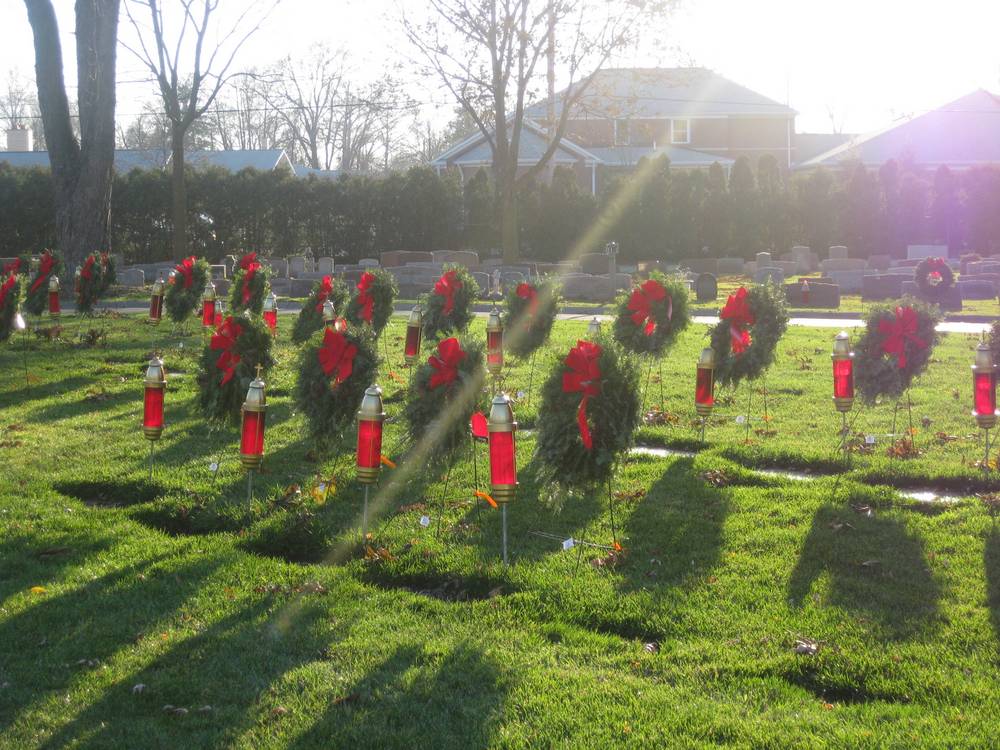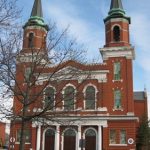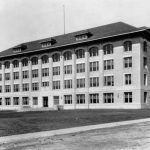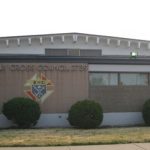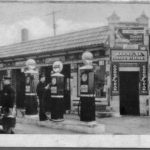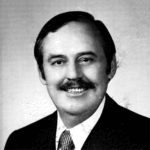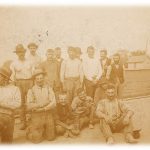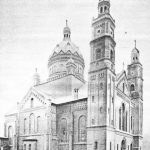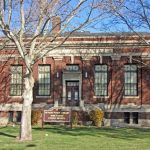A Brief History Of St. Hedwig Cemetery
23755 MILITARY ROAD, DEARBORN HEIGHTS, MICHIGAN 48127
Cemeteries are the final resting places for our loved ones. During the Victorian era, cemeteries were designed as peaceful places for families to visit their departed family members, clean their graves, picnic, or stroll around the winding streets. They are places for reflection about our own mortality. Many, if not all, are landscaped with a variety of trees and shrubs. Sections are chosen for the religious, military, and children.
Large monuments of carved angels, saints, and smaller headstones show the location of each individual burial. Special markers show soldiers, babies, or ethnic background. Secular and religious programs are planned to honor the military, interfaith services, All Souls, or historical tours.
St. Hedwig Cemetery is in Dearborn Heights, previously known as Dearborn Township. The Dearborn Township plat map places this land in Section 9, between Warren and Ford Roads. Two farmers owned the acreage: W. H. Maxwell and William Morehouse. In about 1922 – 1923, their land was bought for use as a cemetery. Details of this purchase were not available from the City of Dearborn Heights because it does not keep records for tax exempt property, but the clerk in the assessor’s office mentioned the name Mooney Real Estate.
The Conventual Franciscans of the St. Bonaventure Province, based in Chicago, owned and operated St. Hedwig Cemetery from the beginning. They set regulations to keep the dignity, sacredness, and beauty of these hallowed grounds. These traditions are followed today.
On Memorial Day, May 30, 1924, the cemetery was consecrated for burials and named after St. Hedwig of Andechs, from Bavaria, unlike the parish of St. Hedwig, whose patron is St. Jadwiga, Queen of Poland.
The first known adult burials were Wojciech Piestrak, Anna Igbielska, Ignacy Stefanski, Katarzyna Kudron, Josephine Golec, Adam Rogaczewski, and Stefan Furtak. Their graves are in Section I, Lot 1, which borders section M, against the fence, on the east side of the cemetery.
Wojciech Piestrak was born on April 7, 1884, to Jakub and Wiktoria Lis, in Zołynia, Łańcut, Galicia. He emigrated in 1910 and arrived in Detroit to be with his brother-in-law Andrzej Koldraz, according to the passenger manifest.
Albert Jacob, as he was known, wed MaryAnn Biedron on July 31, 1916, at St. Hedwig, by Fr. Eustace Bartosiewicz. They lived at 38 St. Hedwig Street.
He registered for the World War I draft in 1918, but no evidence could be found that he served in the Army in Poland. Draft registration forms supplied additional clues about his life, including his age, home address, citizenship, family, and occupation. Jacob worked at the Solvay Process Company, which was located on West Jefferson Avenue in Delray.
Five sons were born to Albert and Maryanna: Peter, Roman, Frank, Joseph, and Stanley. The family lived at 5127 Porath in Dearborn.
Albert Jacob died of lobar pneumonia on May 28, 1924, in the Solvay Hospital at the age of 37 years. He had been in this country for only 15 years. S. A. Lappo Funeral Home prepared Albert’s body for his burial on May 31, 1924, at St. Hedwig Cemetery. Fr. Bartosiewicz was the pastor of St. Hedwig in 1924 and buried Wojciech since Fr. Bartosiewicz remained as the pastor until 1942.
Stanley Alexander Lappo’s funeral home was located at 4016 Martin Street. It was previously the Konkol Funeral Home and later the Bożek Brothers Funeral Home. The interview with Veronica Bożek on this website supplied those clues.
Home funerals or layouts were common on the west side of Detroit in the ‘20s but the services of an undertaker were needed to prepare the body, fill out paperwork, and transport bodies between the home, church, and cemetery. They also supplied candles and palms that were placed around the casket.
Obituaries taken out in newspapers like the Dziennik Polski, Detroit News, Detroit Free Press, and the West Side Courier notified family and friends of a death. The Polish obituaries had detailed information about the deceased, their family members, and funeral arrangements. The Burton Historical Collection at the Detroit Public Library has the Dziennik Polski on microfilm from 1904 – 1989. The Library of Michigan in Lansing has the next best collection but ends in 1947.
Franciscan priests and sisters are buried in the Shrine section of St. Hedwig Cemetery. Flowers are placed along the path, and during November, candles are lit in remembrance of them.
Section J on the west side of the cemetery is the resting place of babies and little children. Mary Krol, Alex Bobowski, Henry Wolan, and Joseph Rutkowski were buried between October to December 1924.
In Section I, there are a few World War I soldiers: August Klonowski, Anthony Janiga, Andrew Kloc, and Joseph Maksimik.
The cemetery expansion took place sometime in the 1960s with the dedication of the mausoleum taking place in 1968. Columbariums were constructed for cremains as the popularity of cremation increased. The Catholic Church does not forbid cremation and teaches that the cremains should be buried in a burial plot or columbarium with the same dignity and respect as the body.
We are grateful to the Franciscans for upholding traditions and keeping St. Hedwig Cemetery as a final resting place for our families and friends.
Note: Our sincere thanks to Valerie S. Koselka, Polish Genealogical Society of Michigan’s President, for this intricately researched history of St. Hedwig Cemetery and for allowing us to share it. We’re very grateful for her efforts.
